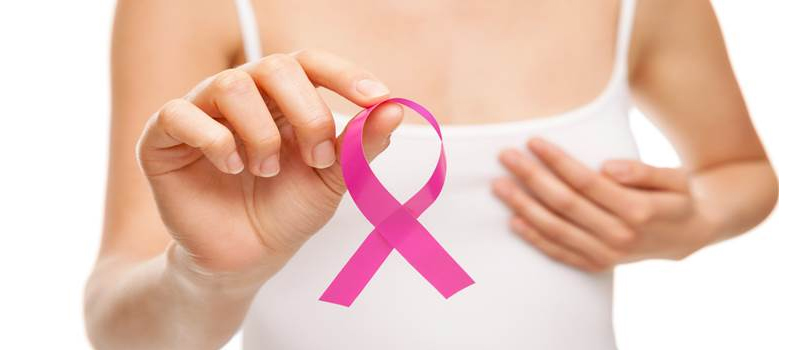Breast cancer is one of the most common types of cancer in American women. It’s also one that has a relatively high survival rate. The key is to detect it early before it metastasizes.
The Importance of Early Detection
Breast cancer is the second most diagnosed cancer in women, affecting one out of every eight American women at some point in their lives. When discovered early, it’s easy to treat. If it spreads, it becomes deadly.
Breast cancer that is found as a result of symptoms tends to be larger and more advanced. Breast cancer that is found as a result of screening exams, tends to be smaller and more controlled. This is why proactive screening and early detection are so crucial in the fight against cancer.
According to the American Cancer Society, the five-year survival rate for breast cancer quickly declines as women move from one stage to the next. Here’s the full chart:
- Stage 0 – 93% 5-year survival rate
- Stage I — 88% 5-year survival rate
- Stage IIA — 81% 5-year survival rate
- Stage IIB — 74% 5-year survival rate
- Stage IIIA — 67% 5-year survival rate
- Stage IIIB — 41% 5-year survival rate
- Stage IIIC — 49% 5-year survival rate
- Stage IV — 15% 5-year survival rate
There’s clearly a much better chance of survival when breast cancer is still in stage zero, one, or two. Once it progresses beyond this, the survival rate isn’t quite so promising. This realization should motivate you to be more proactive in your approach to early detection.
How to Identify Breast Cancer Earlier
The good news is that, unlike some other forms of cancer, there are plenty of ways to identify breast cancer while it’s still in the early stages. Let’s walk through some of the options:
-
Know the Signs and Symptoms
While it’s far better to identify breast cancer before you experience symptoms, knowing the signs will help you prevent cancer from progressing any further. Common signs and symptoms include:
- A change in how the breast or nipple feels
- A change in the appearance of the breast or nipple
- Any discharge from the nipple area
Many people who have breast cancer will notice one or two signs and totally ignore them. And while the presence of these symptoms doesn’t necessarily mean you have breast cancer, it’s important to look into the causes and figure out why these issues are present.
-
Be Religious About Self-Screening
The only way to know if you have signs and symptoms of breast cancer is to conduct regular self-screening at home.
According to the National Breast Cancer Foundation, adult women of all ages should perform breast self-exams at least once per month. Self-exams should be performed in the shower, in front of a mirror, and lying down. This gives you the best chance of identifying lumps and other irregularities.
-
Have Regular Mammograms
Starting in your 20’s, you should perform regular self-exams. Once you reach your mid-20’s and early 30’s, you should receive a clinical breast exam every three years. And by the time you reach age 40, you need an annual mammogram.
“A screening mammogram is an X-ray of the breast and used for women who have no symptoms or signs of breast cancer,” Loyola University Medical Center explains. “The goal of a screening mammogram is to detect signs of breast cancer early, when your chances for successful treatment are the highest.”
-
Get an Annual Physical
In addition to regular self-exams and annual mammograms (when you reach the age of 40), it’s also important to have an annual physical or wellness check with your primary care physician. Doing so will help you proactively identify other health issues that could contribute to an increased risk of breast cancer.
Make Healthy Lifestyle Choices
While it’s impossible to bring your risk of breast cancer to zero percent, you can definitely lower your risk by making smart choices in your daily life.
“It is important that women be aware that healthy lifestyle choices can reduce the risk of breast cancer,” family medicine physician Dr. Shannon Garton says. “Maintaining a healthy weight and limiting alcohol use reduces the risk. Breast feeding also reduces risk and limiting time of hormonal therapy after menopause reduces risk.”
Whether it’s breast cancer or any other health issue, early detection is key. By adopting a proactive approach, you can take control of your health and spend less time worrying about whether something will suddenly emerge. Now’s the time to take action!

